Logistic Software Size
Logistic Software Market Growth Projections and Opportunities
The logistics software market is dynamically influenced by a myriad of market factors that collectively shape its growth trajectory. One of the key drivers propelling the expansion of this market is the global surge in e-commerce activities. As more businesses and consumers opt for online transactions, the demand for efficient and streamlined logistics solutions has escalated. This has prompted companies to invest in logistics software to enhance supply chain visibility, optimize route planning, and manage inventory effectively. Moreover, the increasing complexity of supply chain networks has underscored the need for advanced logistics software solutions. These tools offer real-time tracking, automation of manual processes, and data analytics capabilities, enabling companies to make informed decisions and adapt to changing market conditions swiftly. The logistics software market also thrives on the escalating demand for end-to-end visibility in supply chain operations, driven by the growing complexity and globalization of supply chains.
The ever-evolving technological landscape plays a pivotal role in shaping the logistics software market. The advent of technologies such as artificial intelligence (AI), machine learning, and the Internet of Things (IoT) has revolutionized logistics processes. These technologies facilitate predictive analytics, route optimization, and predictive maintenance, thereby enhancing the overall efficiency of logistics operations. As businesses strive to stay competitive, the integration of cutting-edge technologies into logistics software becomes imperative. Market regulations and compliance requirements also exert a significant influence on the logistics software market. Governments and regulatory bodies across the globe are imposing stringent regulations to ensure the safety and security of goods during transportation. Logistics software that offers compliance management features becomes crucial for businesses to adhere to these regulations seamlessly.
The need for sustainability and environmental compliance is also emerging as a key factor, with companies seeking software solutions that enable them to optimize routes for fuel efficiency and minimize their carbon footprint. The competitive landscape of the logistics software market is shaped by factors such as mergers and acquisitions, partnerships, and collaborations among key players. Companies are increasingly focusing on strategic alliances to expand their product portfolios, geographical presence, and customer base. This trend contributes to the consolidation of the market, with larger players leveraging their resources to offer comprehensive logistics software solutions. Customer preferences and demands constitute another pivotal factor influencing the logistics software market.
Businesses are becoming more customer-centric, emphasizing the importance of last-mile delivery solutions and enhanced customer experience. Logistics software that caters to these specific needs, providing features like real-time tracking, delivery notifications, and easy returns management, gains a competitive edge in the market. The economic landscape also plays a crucial role in shaping the logistics software market. Economic fluctuations, geopolitical events, and trade policies impact the global movement of goods, influencing the demand for logistics software. Economic downturns may lead businesses to seek cost-effective logistics solutions, driving the demand for software that optimizes operational costs and improves overall efficiency.
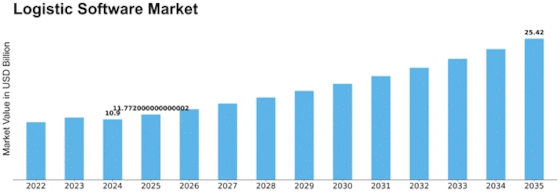

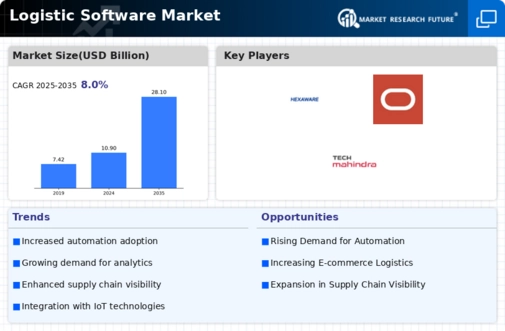

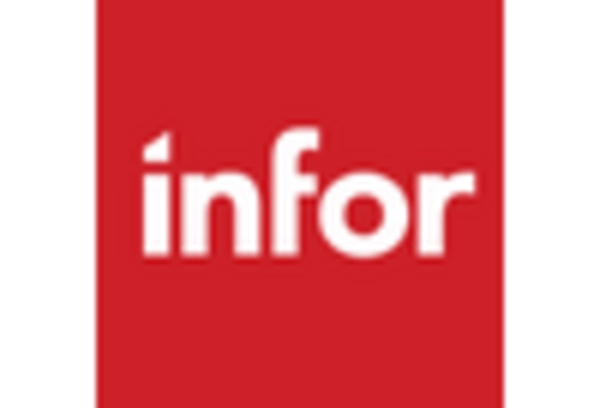
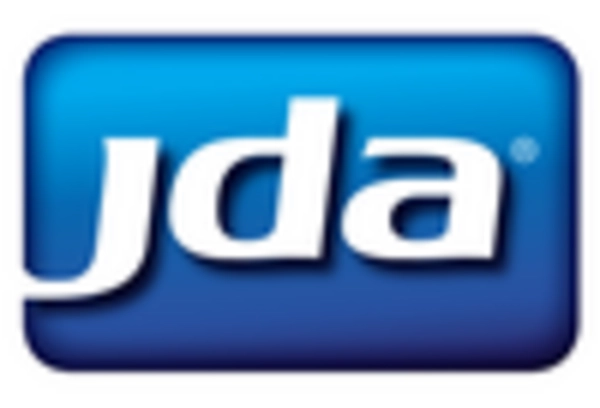


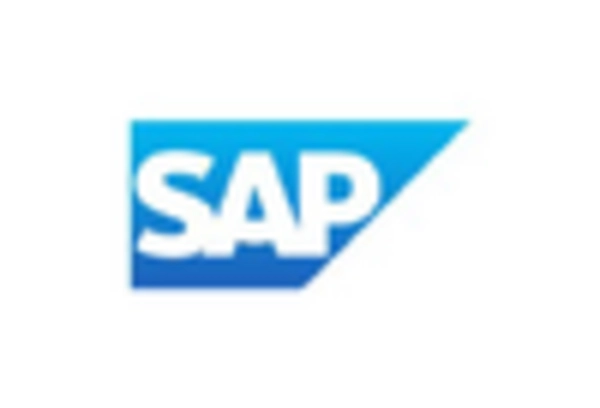









Leave a Comment